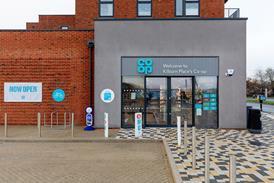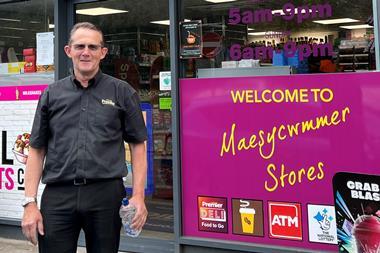Town centre vacancy rates in the UK increased to a four-year high of 10.3% in July, according to new figures.

The latest British Retail Consortium (BRC) and Springboard Footfall and Vacancies Monitor says that the national town centre vacancy rate increased to its highest monthly rate since January 2015.
BRC chief executive Helen Dickinson blamed the rising vacancy rates on the “sluggish sales growth and declining footfall.”
Dickinson said: “Retailers have faced a challenging environment this month, with declines in footfall on high streets and shopping centres. Sluggish sales growth and declining footfall also contributed to the rise in town centre vacancies, which rose to their highest level since January 2015.
“High streets and town centres play an important part in our local communities, and we should be concerned by the rise in empty store fronts. If the government wishes to avoid seeing more empty shops in our town centres, then they must act to relieve some of the pressure bearing down on the high street.
“Currently, retail accounts for 5% of the economy, yet pays 10% of all business costs and 25% of all business taxes. The rising vacancy figures show this is simply not sustainable. We need an immediate freeze in rates, as well as fixing the Transitional Relief, which leads to corner shops in Redcar subsidising banks in central London.”
Meanwhile, footfall on the UK’s high streets also fell by 2.7% last month, while total retail footfall was down 1.9%.
Springboard marketing and insights director Diane Wehrle said: “July was a much more challenging month for high streets and shopping centres than for out of town destinations.
“Some of the -2.7% drop in high street footfall was a consequence of a strong comparable of +0.3% last year when we had a continuous period of hot sunny weather, but for shopping centres – with the -3.1% drop being as almost as severe as the -3.4% drop in footfall last year - the weather clearly has less impact on footfall than the challenges created by the ongoing structural change in retailing.”


























No comments yet